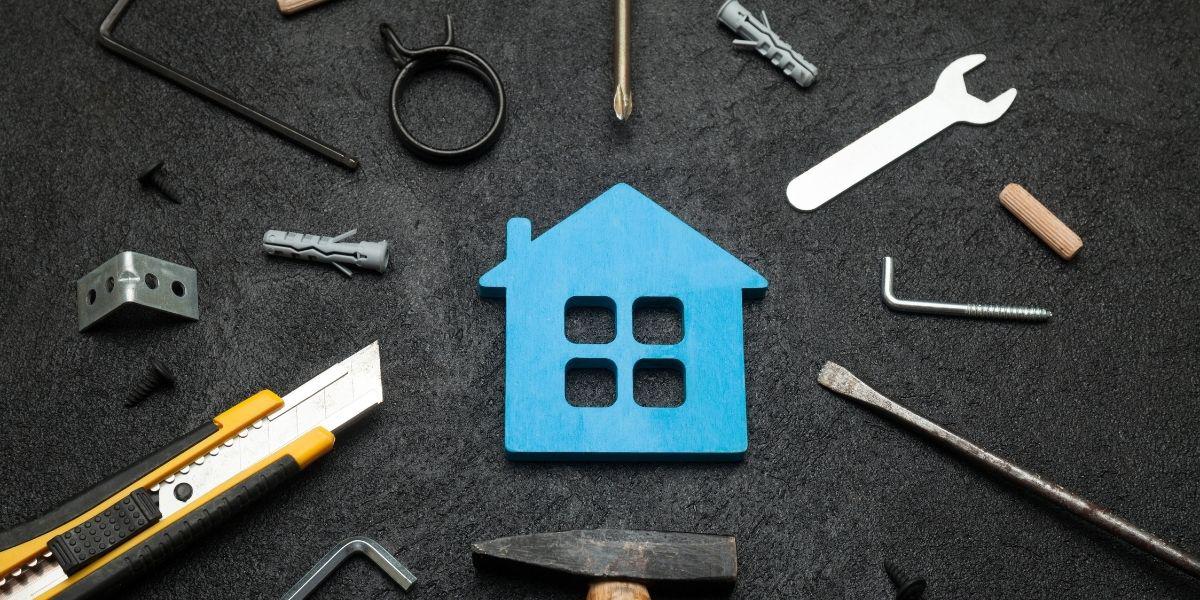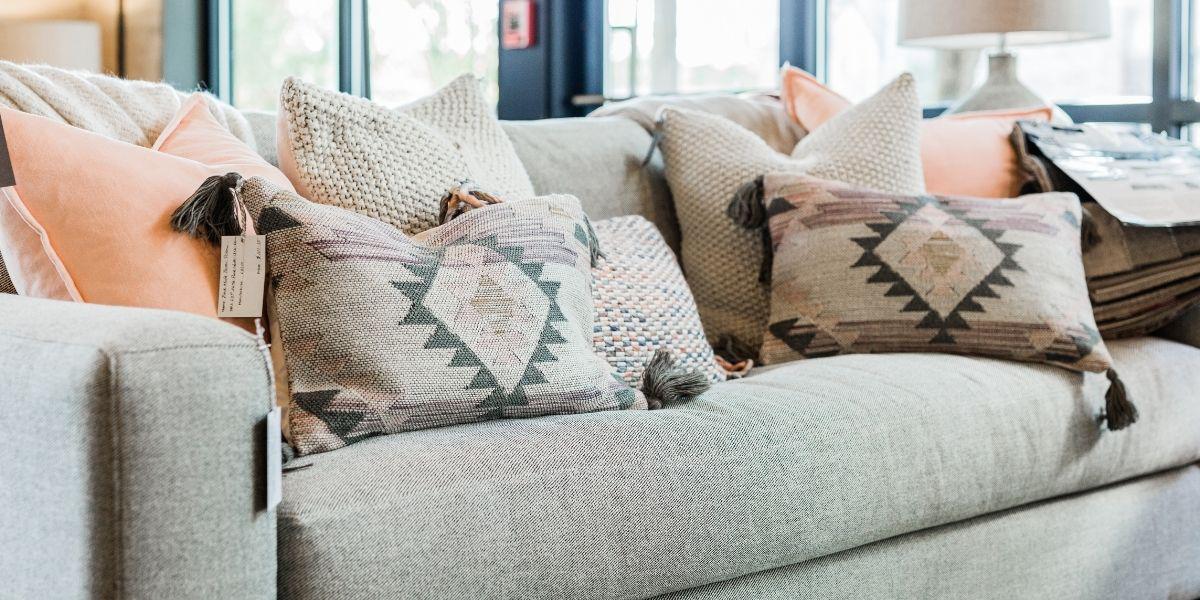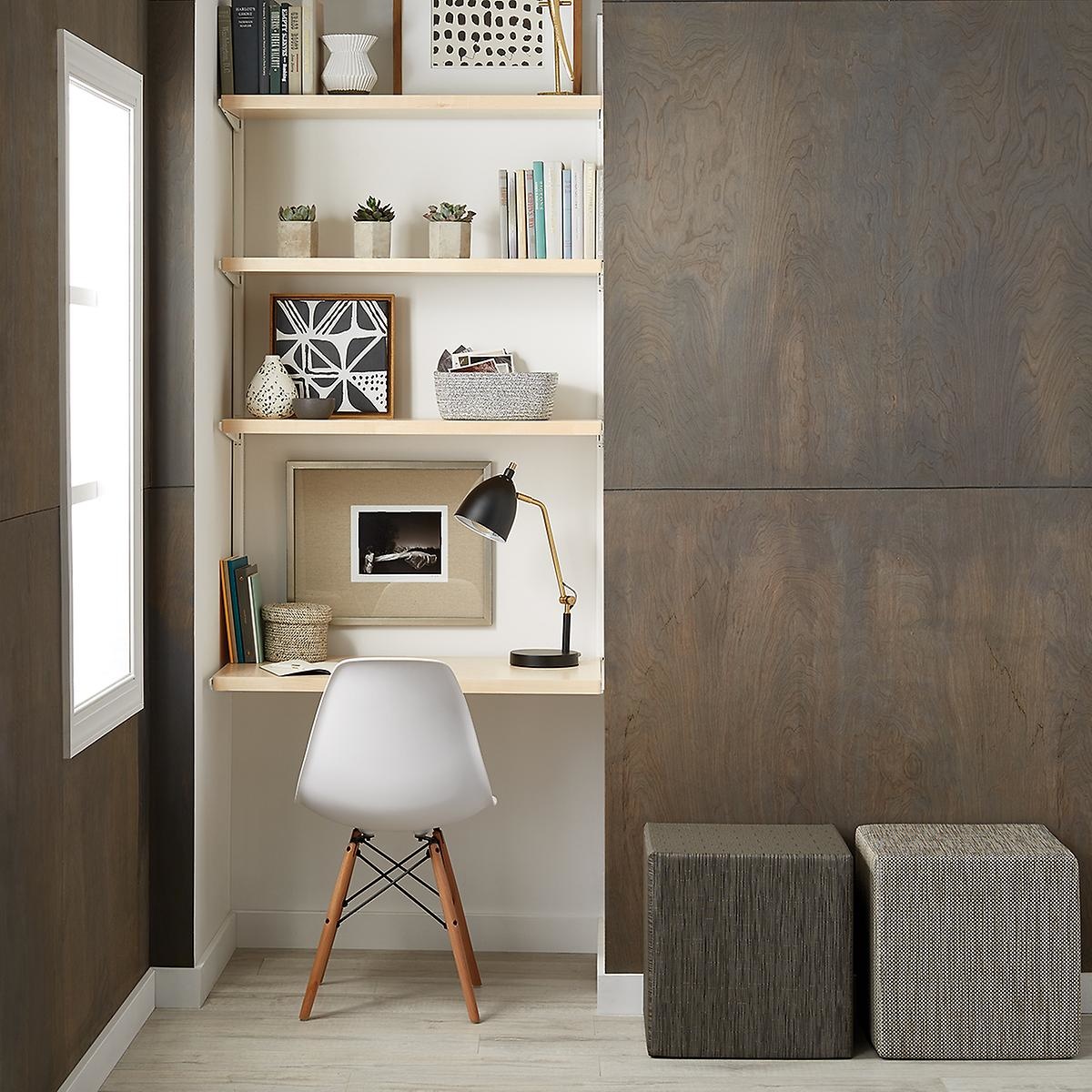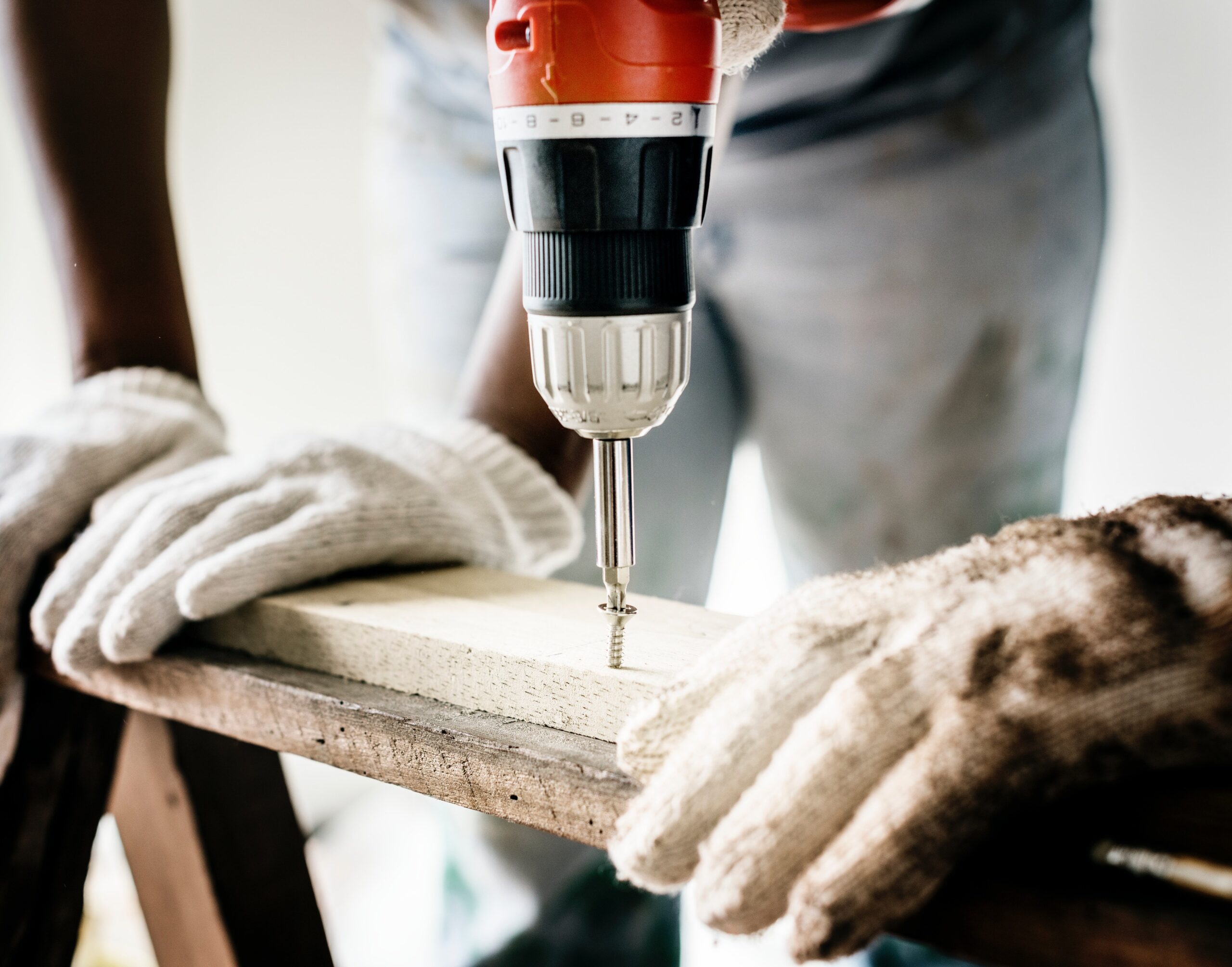How Much You Should Spend on Home Maintenance

Jul 14 | 2021


Jul 14 | 2021


Between buying a new home and transporting yourself and your belongings to it, moving can be an expensive process. One often underrecognized cost of moving occurs before one’s original house has even been sold, and that’s staging the house. Homeowners often spend hundreds of dollars making a home appealing to potential buyers. To ease the

If you thought home offices are for people with space to spare, you thought wrong, my friend. Whether you’re part of the tiny house nation or squeezed into a studio apartment, you deserve a spot in your home that inspires your creativity and motivates your inner-workhorse. So enough lounging in bed with your laptop. It’s

Feb 10 | 2019

If there’s any endeavor that really does take a village, it’s home renovation. As you tear down walls, imagine the kitchen of your dreams, and install large appliances, you’ll be dealing with a team of specialists. Here’s how to put together an Olympic-worthy dream team. [shortcode-1-In-Article-Banner-728×60] The Visionary “I always half-rolled my eyes at real